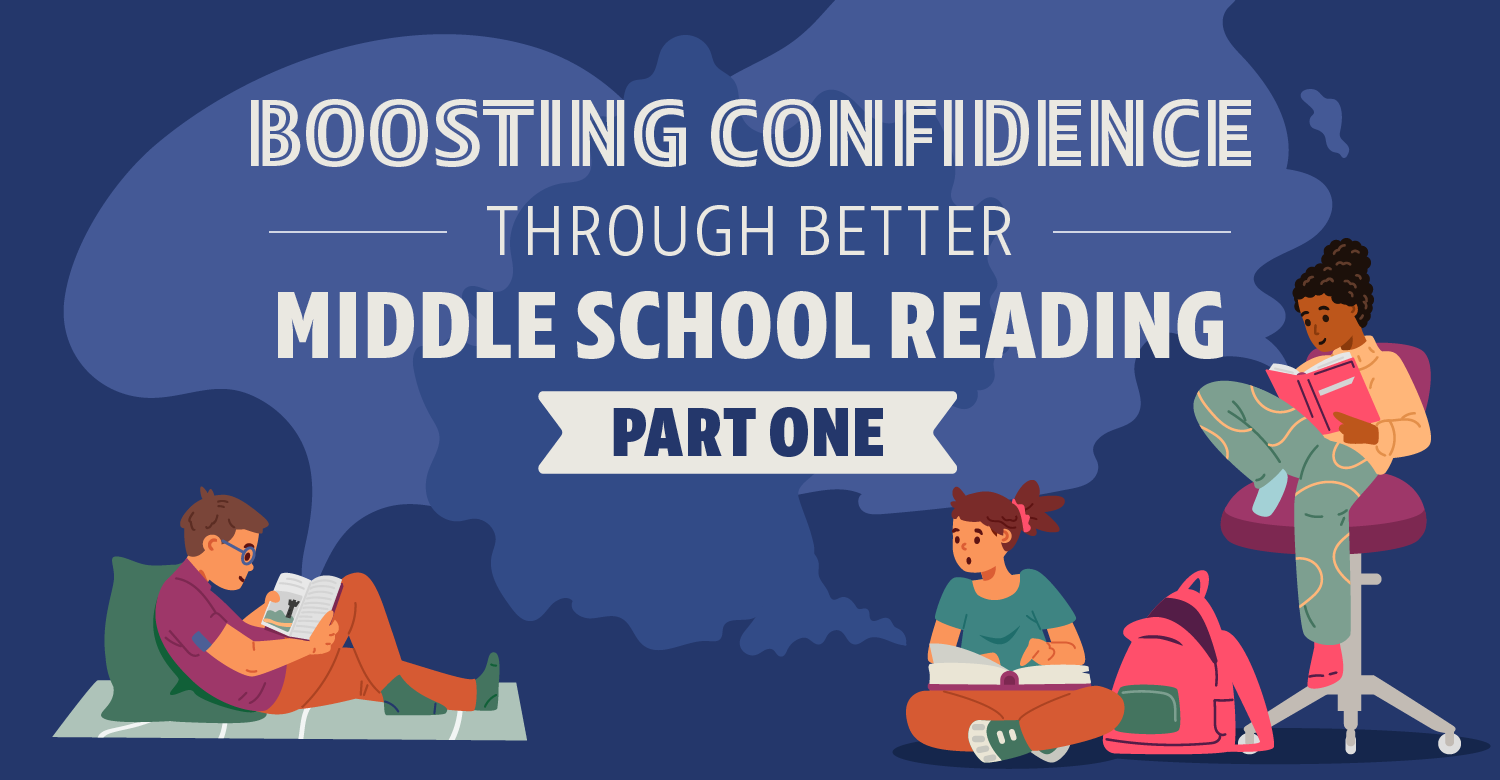In our first post of this three-part series, Shawna and I set the stage for a newly hired principal group, and how we were intentionally creating learning experiences that they could immediately apply back on their school campuses. When we last left our story, the principals had just assessed their school opening, identifying which actions they implicitly or explicitly prioritized. While confronting current reality, it is also important to not lose sight of successes along the way.
Many newly hired principals are in “fix it” mode, so their minds move from one problem to the next. It’s easy to be overwhelmed by what needs to happen and in turn overlook or miss the positive steps and small wins that are occurring. We wanted to make sure there was protected time away from their campuses when they could process a success with others, as seen in Table 3. The Success Analysis protocol was a perfect fit for our hope. We availed ourselves of the last step in the protocol when groups looked for commonalities across their successes in order to develop a set of success criteria. We intended for these criteria to be a longstanding artifact as the principals met over the course of the next several months.
Table 3 September 20 Agenda Excerpt #3
Why
| When |
What |
What Happened | |
|---|---|---|---|
| To build shared success criteria as new principals | 9:00-10:15 | Success Analysis (for mentor follow up) Connection to Conscious Competence (Burch) |
As expected! No modifications needed to be made – thank goodness we had a number of principals divisible by 3! During the debrief, a principal mentioned how this protocol would be a perfect fit for her campus. She has been asking teachers how their student achievement data improved so much last year, but no one seems to have a clear answer. |
| 10:15-10:30 | break |
Each of the principals had a 100-day entry plan of which a campus needs assessment was a part. Although it would have been tempting to provide new learning and new tasks each time these principals convened, we wanted them to see the value of these sessions in helping them work on their current work, possibly in more effective and efficient ways. Since each of them had this shared task, it seemed logical for us to create structured space for each to hear what the others are doing and assess their own progress in this area. The World Café provided a loose next step in the agenda, shown in Table 4, as the Success Analysis protocol the group just used included many constraints. This process asks participants to talk together, and also write on large pieces of paper in the middle of the table – similar to coloring on a tablecloth in a restaurant. These artifacts became an assessment method for Shawna, as she also had the responsibility of checking in with the principal supervisors and the non-evaluative principal mentors.
Table 4 September 20 Agenda Excerpt #4
Why
| When |
What/How |
What Happened | | To explore our needs assessment experiences | 10:30-11:30 | The World Cafe Focusing on the needs/assessment gaps Approximately 7-9 minutes/round 1. What data sources are you using to determine needs? What are the areas of alignment or agreement? 2. Where are the misalignments or lack of consensus with the sata sources? 3. What might most need changing? What soil do you need to till first so the change will take root? Back at your original table, independently: So, if you could only choose one main thing as the focus for your Campus Improvement Plan, what would it be? Why would that one thing make the difference for your students? |
Principals expanded ideas of data sources that would be beneficial to review. Themes emerged and “big rocks” began to become clear.
Due to an unexpected interruption, time was cut short. The principals revisited the “big rocks” in a future session. |
|---|
Over the past few years as the director of professional learning, Shawna attempted to align her department’s efforts to campus needs. In doing so, she noted new campus leaders often struggled to articulate the vision for their campus. They could communicate tasks to complete but seemed to have difficulty communicating the bigger picture of where they were heading. This experiential data prompted us to offer some direct instruction about one method they might consider: a theory of action. After less than ten minutes of presentation slides explaining why a theory of action is helpful, demonstrating how to write one, and seeing several completed models, leaders were given time to either draft one or choose another method (e.g., a visual, a flow chart) to succinctly communicate the vision for that year’s campus improvement plan. Table 5 also includes an agenda modification.
Table 5 September 20 Agenda Excerpt #5
Why
| When |
What/How |
What Happened | |
|---|---|---|---|
| To succinctly codify where we are heading | 11:30-12:30 | Mini-lesson presentation on how to create a Theory of Action
Choice: either create a change visual or Theory of Action to communicate where you campus is headed (for mentor follow-up) |
Decided to go to lunch earlier and moved this learning to after Balloon Bounce. We noted the principals were worried about their campuses, and would benefit from some time allotted to check in. We explicitly told them we were making this agenda change to also model how transparency can build trust.
A written reflection by several principals mentioned this as one of the high points in the day. They had wanted to create something memorable but had never “found time” to make it happen. |
We had a suspicion about a recurring space on each month’s agenda: time for them to specifically talk about each other’s dilemmas. Although groups of educators with varied groups of experience can be mutually beneficial, grouping newly hired principals solely with others like them serves to legitimize their current needs and creating a space of productive risk. Research on new teachers show this same phenomenon (Van Soelen, 2003). In these few moments before lunch, we asked each principal to use an index card to identify a dilemma they currently experience at their campus and indicate a level of urgency 1-6. Level 6 represented high urgency, which could be qualified as time urgent (“I need resolution on this by next Tuesday,”) or energy urgent (“This issue is sucking the life out of me,”) or both!
The word “dilemma” was shared language with all but two of the principals, from earlier professional development experiences. We privately consulted with the two others, helping them see the differences between dilemmas and problems (Chapter 5).
As individuals finished their index cards, they reported out their dilemma topics and urgency levels on a poster sticky note and went to lunch. We examined the poster and were pleased–not because they had dilemmas, but because our notion was correct! Numerous principals had urgent dilemmas and wanted time with each other to process. Since so many of the participants had successfully participated in a professional development where facilitation of protocols were practiced, we asked for facilitator volunteers as they were packing up their materials to go to lunch. Two quickly accepted our invitation.
Table 6 September 20 Agenda Excerpt #6
Why
| When |
What/How |
What Happened | |
|---|---|---|---|
| 12:00-12:15 | What make a dilemma a dilemma? Card with their dilemma and an urgency scale 1-6 (6 is high) |
12:15-1:15 | Lunch |






